Magdalena Island, located in the Strait of Magellan, is home to one of the largest breeding colonies of Magellanic penguins in Chile. The population on this island is estimated to be approximately 28,000 individuals. Together with Marta Island, it forms part of the Los Pingüinos Natural Monument.
How to Identify Them?
Magellanic penguin (Spheniscus magellanicus) is one of 18 penguin species worldwide. Its body measures approximately 45 cm in length, with a black back and a white belly. It is often confused with the Humboldt penguin (Spheniscus humboldti), but they can be distinguished by the two black bands on the chest of the Magellanic penguin: the upper one being wider and the lower one thinner, extending down to the base of the legs. Additionally, it has a distinctive white band encircling its face, from above the eye down to the throat.
Breeding Season on Land
Each year, the Magellanic penguin breeds along the coasts of the Pacific and Atlantic Oceans, between 40° and 55° S, in Argentina, Chile, and the Falkland Islands. At this time of year, adults can be seen caring for their chicks in the breeding colonies.
To protect themselves from predators and extreme weather conditions, most pairs build their nests in burrows they dig themselves using their feet and beaks.
The breeding cycle follows this pattern:
– September: Males arrive at the colony first, followed by the females.
– October – December: Laying and incubation of 1 to 2 eggs (approximately 40 days).
– November – February: Chick-rearing period.
– February – April: Molting period.
– April: Penguins leave the colony and migrate north.
However, they spend most of their lives at sea, where they feed and embark on long migrations.
Life at Sea
It is estimated that penguins spend around 80% of their lives at sea, where they search for food and migrate annually. The Magellanic penguin is one of the non-flying birds with the longest migrations, traveling up to 5,000 km per year.
After the breeding season, they migrate to warmer waters, reaching as far as southern Peru in the Pacific. Not all individuals travel the same distance, as some remain in nearby areas if food is abundant.
Their diet consists mainly of fish, cephalopods, and crustaceans, though they can adapt based on prey availability. In the ocean, they fall prey to sea lions, elephant seals, orcas, and giant petrels, which hunt both juveniles and adults.
Mimicry While Swimming
Magellanic penguins dive to hunt, reaching speeds of 7.2 to 12 km/h (4.5 to 7.5 mph). Their dives typically last between 4 and 5 minutes and are more frequent and deeper during the day, likely due to better prey availability and visibility.
Due to their body coloration, these penguins can evade predators through mimicry in the water:
– From above, their black backs blend into the dark ocean, making it harder for seabirds like petrels to spot them.
– From below, their white bellies mix with the sunlight reflecting on the surface, making them less visible to predators lurking below.
Discover the Magellanic Penguin in Its Natural Habitat
If you want to experience the thrill of observing Magellanic penguins up close in their natural habitat, we invite you to join our specialized tours. Accompanied by expert guides, you will explore Magdalena Island and learn more about these fascinating birds while enjoying the breathtaking scenery of the Strait of Magellan. Don’t miss out!



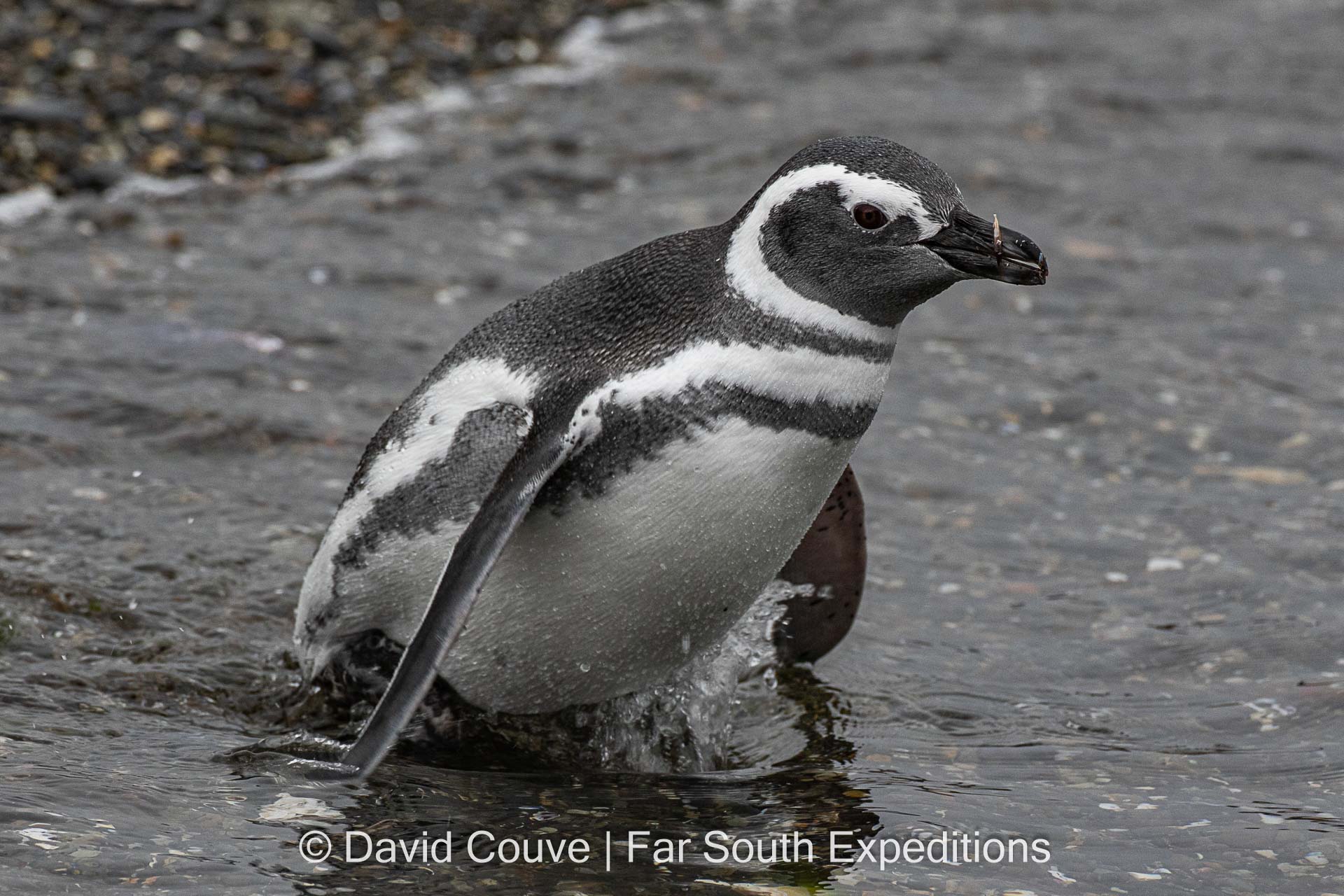
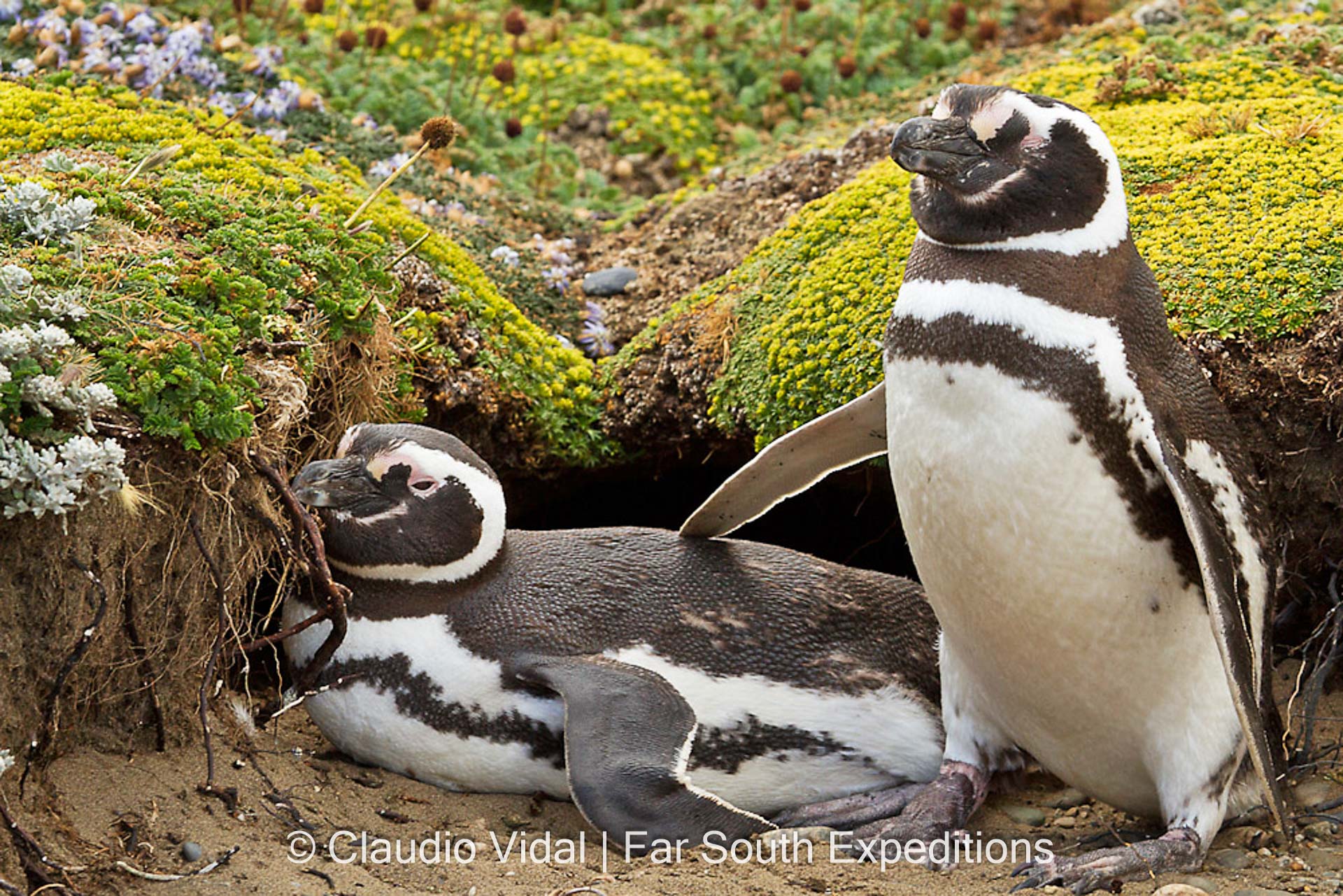
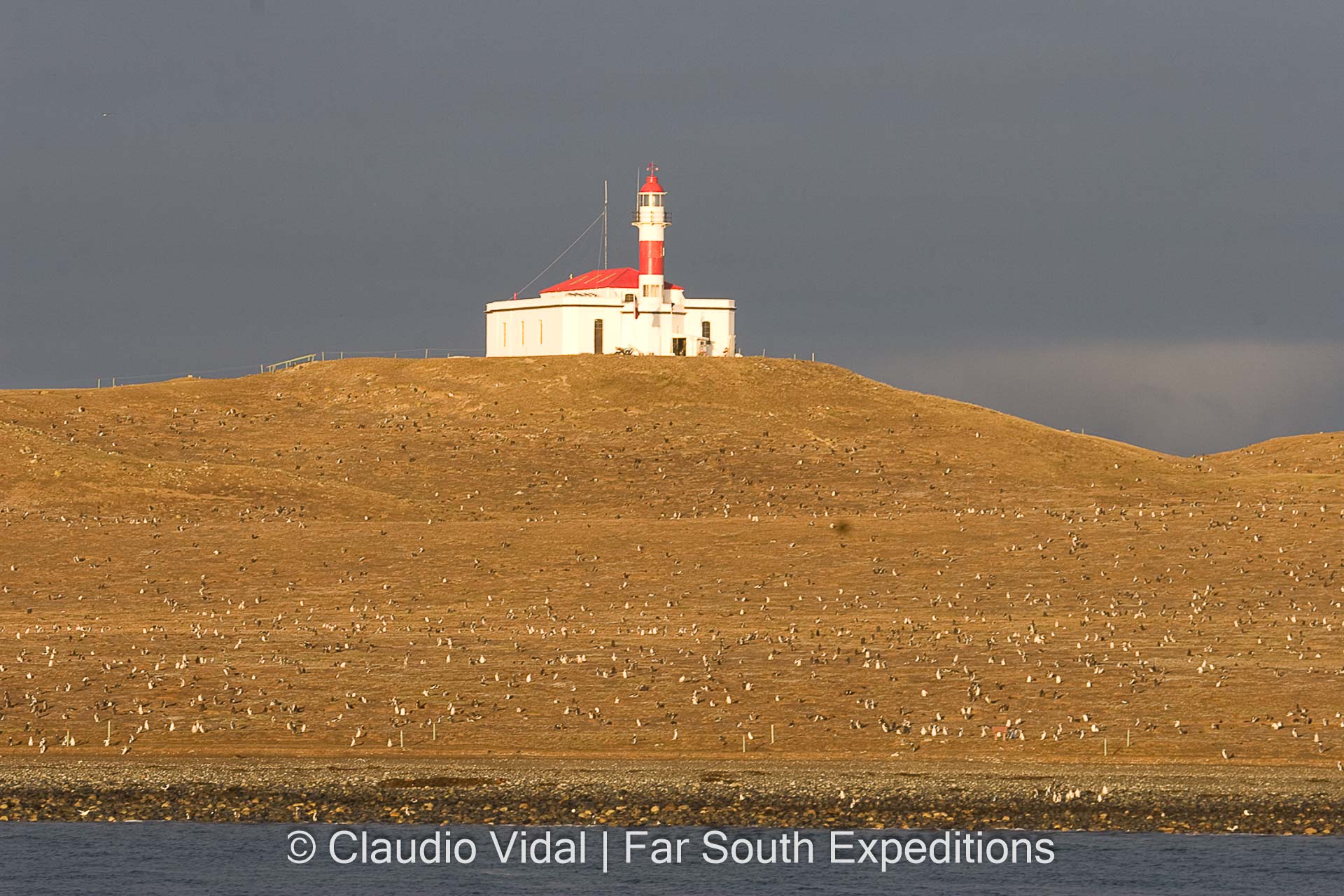
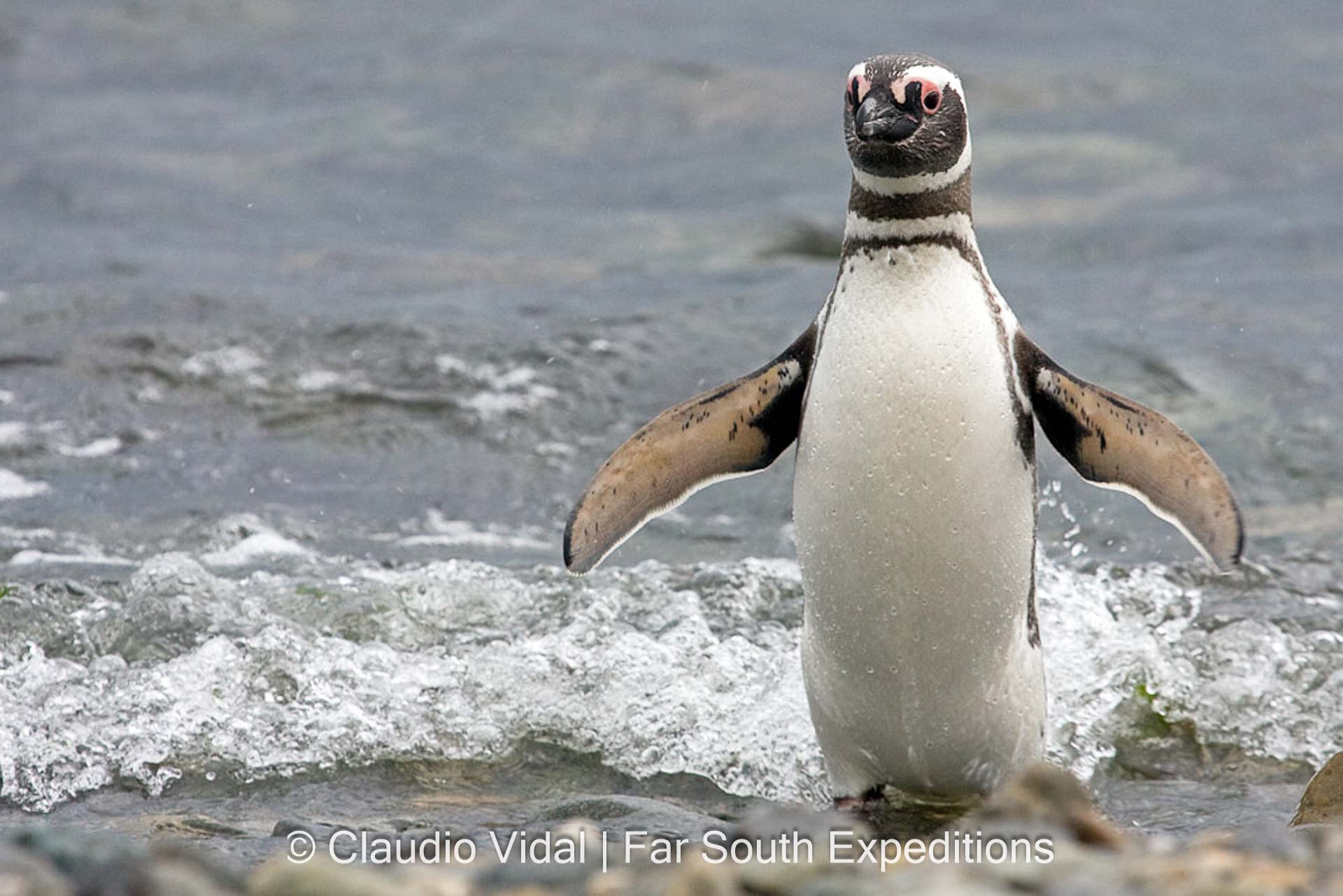
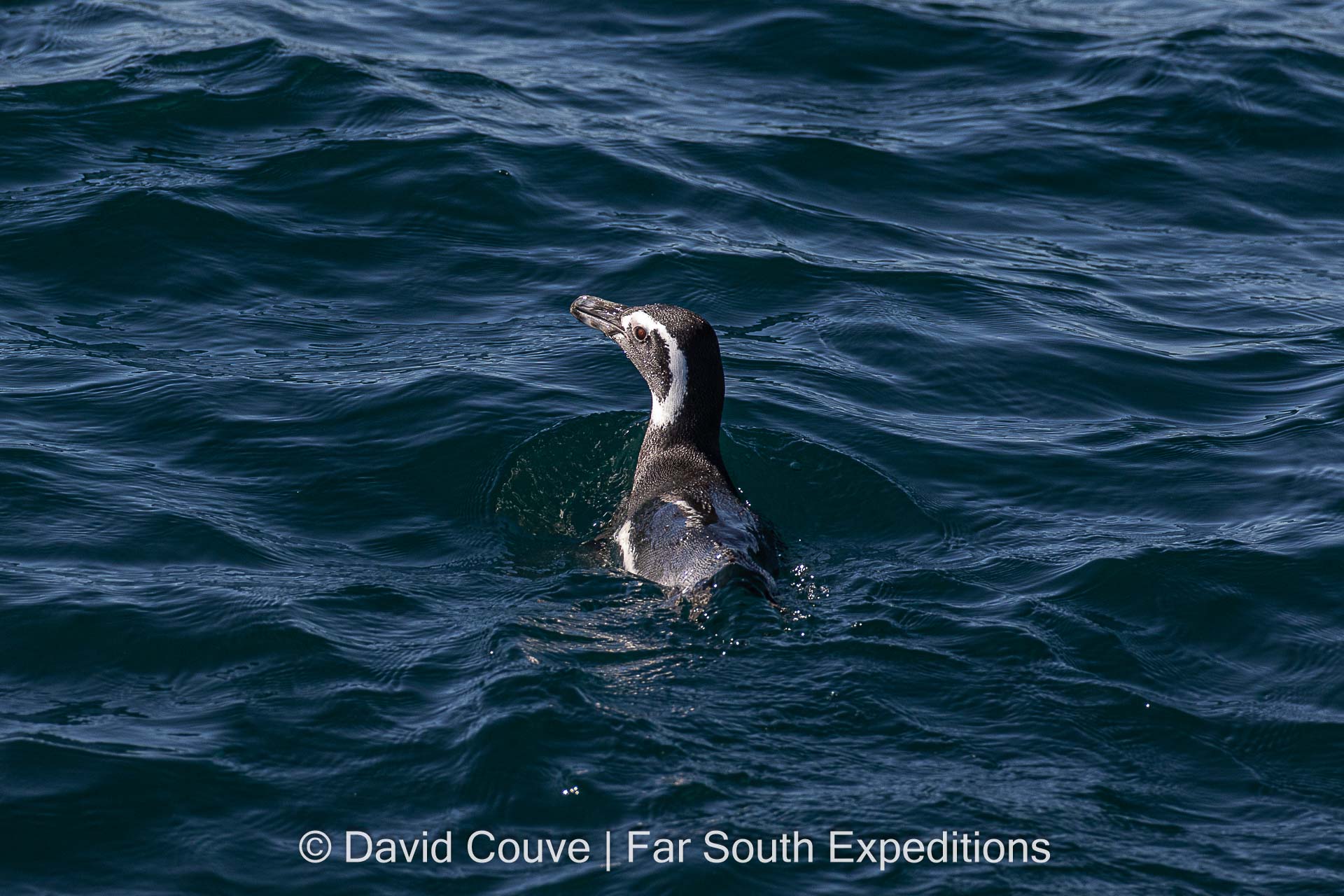
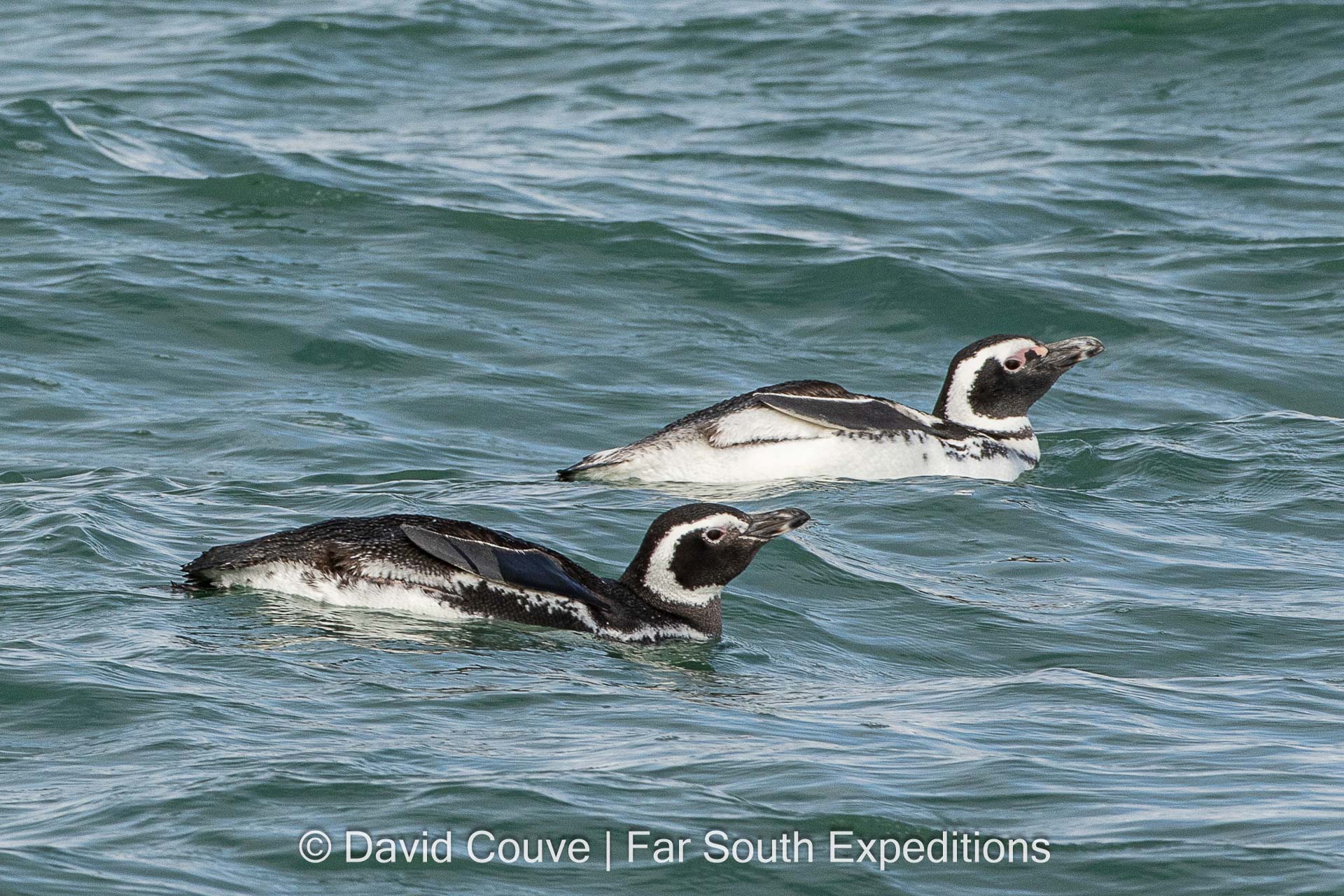
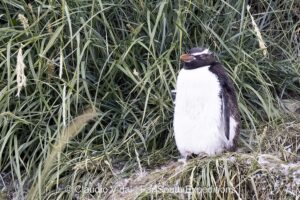
Leave a Reply
Your email is safe with us.